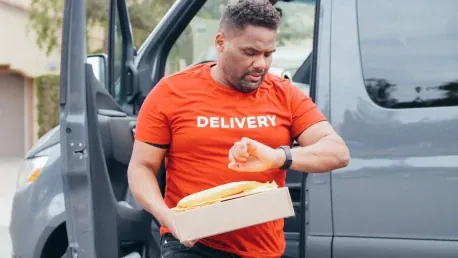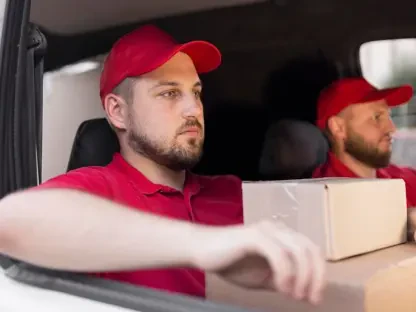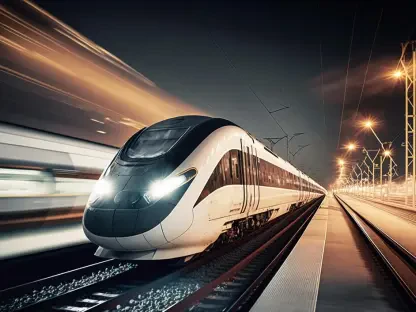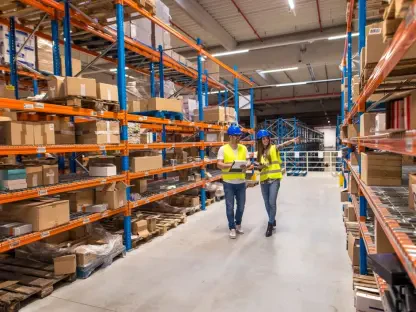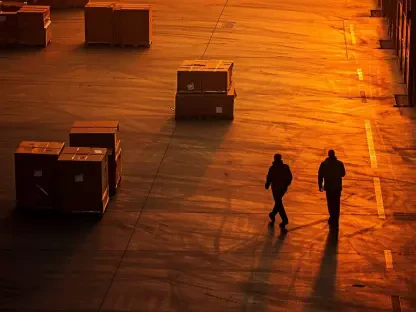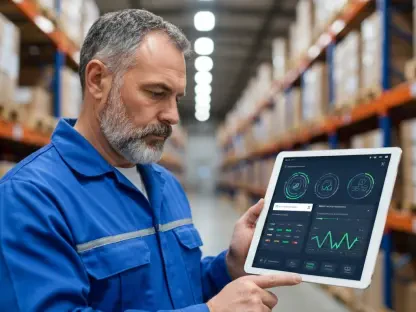Listen to the Article
The Dilemma
For years on end, the last mile of delivery has been the most obstinate logistics problem. In today’s eCommerce era, its importance cannot be overstated.
This final stretch—from warehouse to doorstep—should be the most straightforward part of the journey. Instead, it’s often the most inefficient, plagued by delays, unpredictable costs, and logistical headaches. Despite major advancements in supply chain technology, last-mile delivery alone accounts for over 50% of total shipping costs, an inefficiency that businesses can’t afford to ignore.
At the same time, consumer expectations have never been higher. Customers want their orders delivered faster and cheaper, putting logistics companies under immense pressure to optimize the process.
Although new technologies—everything from delivery routing with AI to autonomous delivery vans—show a lot of promise, is technology alone enough to truly transform last-mile delivery? This article explores the key challenges of last-mile logistics and explores how technology is shaping its future.
Key Problems in the Last Mile
As discussed above, with growing e-commerce demands, businesses have no choice but to deal with these inefficiencies to ensure customer satisfaction and profitability. However, the first step towards streamlining the process is to understand the reasons behind last-mile inefficiencies.
High Costs and Inefficiencies
In contrast to warehouse-to-warehouse bulk transport, last-mile work involves many separate stops, high-level route optimization, and uncertain traffic. Part-deliveries to absent customers or at incorrect locations can cost 30% more, even further taxing logistics budgets. Vehicle wear-and-tear and fuel consumption also generate costs, with companies looking to cut costs with options like fleet electrification and route optimization.
Urban Congestion & Environmental Issues
Urban traffic is the bane of timely delivery. This congestion of vehicles in the city not only delays the delivery process but also increases fuel consumption and driver stress. Such traffic, especially during rush hours, can make a straightforward delivery trip a drawn-out affair.
Beyond operational inefficiencies, last-mile delivery also carries significant environmental consequences. The surge in e-commerce has led to a dramatic rise in delivery vehicles on the road, contributing to carbon emissions, noise pollution, and deteriorating air quality in densely populated areas. According to a World Economic Forum report, emissions from urban last-mile delivery could increase by over 30% in major cities by 2030 if current trends continue.
As cities enforce stricter environmental regulations—such as low-emission zones and carbon reduction targets—logistics companies must find sustainable solutions.
Customer Expectations and Demand for Transparency
In this era of instant satisfaction, customers want straightforward and easy-to-use delivery experiences. They expect real-time tracking, time-slot delivery slots, and instant or same-day deliveries. Meeting these demands requires advanced data analytics and seamless logistics coordination.
Addressing these issues is a combination of technological innovation, strategic planning, and coordination along the logistics supply chain.
Tech’s Role in Redefining the Last Mile of Delivery
Despite said challenges, technology is increasingly becoming the driver of efficiency for companies. Improvements in artificial intelligence, automation, and data analytics are making companies leaner in operations, allowing them to save costs and meet growing consumer demands. The intersection of these technologies is not just a function of speed—it’s a function of redesigning the entire delivery system to be smarter, greener, and more responsive to customers. The following are the most important technological breakthroughs shaping the future of last-mile logistics.
Route Optimization Through Ai
The norm now is that AI algorithms read traffic, delivery point addresses, truck capacity, and weather conditions to schedule optimum delivery routes. Real-time scheduling reduces travel time, fuel, and idle time, which translates to cost savings and punctual delivery.
Companies like FedEx and UPS FedEx and UPS use this method to cut delivery times and reduce fuel consumption.
Autonomous Vehicles and Drones
Even outside the warehouse perimeter, automated technologies are also increasingly taking center stage in enhancing last-mile delivery.
Self-driving delivery trucks and drones are being tested to reduce reliance on human drivers and cut operational costs.
Amazon Prime Air and Wing (by Alphabet) are pioneering drone deliveries too.
While regulatory and safety concerns persist, autonomous delivery solutions are slowly becoming the order of the day.
Robotics and Automation in the Warehouse
Another win is that robotic picking and sorting robots in automated form inside fulfillment centers improve speed and accuracy.
Artificial intelligence inventory management delivers maximum inventory level, reducing delivery lag. Robotic loading systems improve warehouse-to-truck loading process efficiency, offering quicker turnaround of outbound shipments
Blockchain for Enhanced Transparency & Smart Lockers
Blockchain heightens supply chain transparency by building a decentralized, immutable ledger that contains all the network’s transactions. The shared ledger ensures all parties—from suppliers to end customers—are viewing identical authenticated data, reducing errors and increasing accountability.
Among these technologies, smart lockers have also emerged as a key enabler, providing convenience, security, and flexibility on demand. Smiota smart lockers and other such solutions enhance the omnichannel experience by enabling secure 24/7 access to purchases.
But, is Technology Alone Enough?
Yes, tech is improving last-mile efficiency, but it is not a silver bullet. Successful last-mile solutions require a hybrid approach that entails:
Policy support: Cities must develop infrastructure that accommodates new delivery technologies, such as dedicated drone corridors and EV-friendly zones.
Retailer-logistics provider partnership: Businesses must partner on co-sharing fulfillment networks and provide streamlined routes.
Customer adaptation: Consumers need to be educated on other delivery alternatives, including off-peak deliveries and smart lockers, which can save time and money.
Sustainability investment: Companies must integrate environmentally friendly logistics practices in order to accommodate the needs of the environment and corporate social responsibility.
The Future of Last-mile Delivery
Technological advancements are getting companies closer to solving the last-mile challenge.
The road to resolving your last-mile delivery challenges is mapped out for you. It is time to take the wheel, guide your business in these proven and tested solutions, and watch your last-mile delivery business transform from a logistical headache to a strategic advantage.
Technology is a game-changer, but it must be supported by strategic planning, regulatory support, and customer adaptability. With the industry landscape continuing to change, last-mile delivery will become the way of the future if firms embed innovation holistically.
